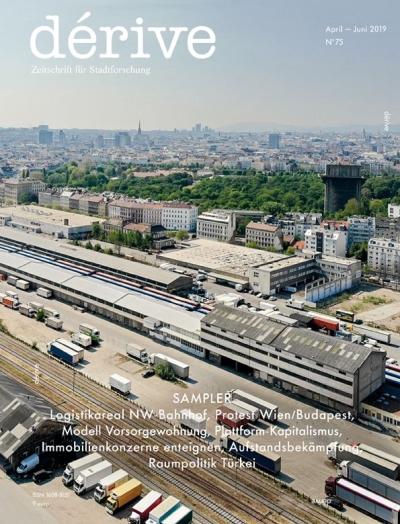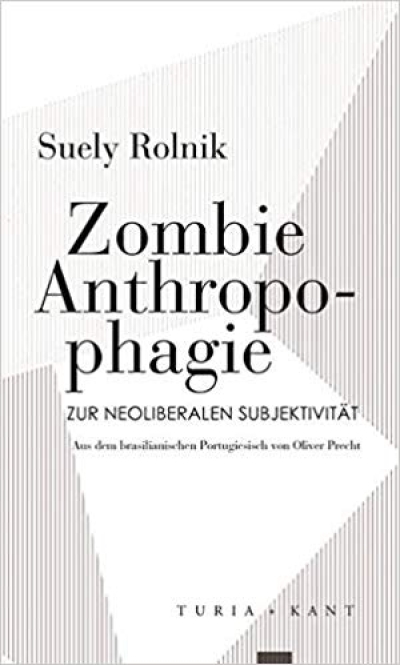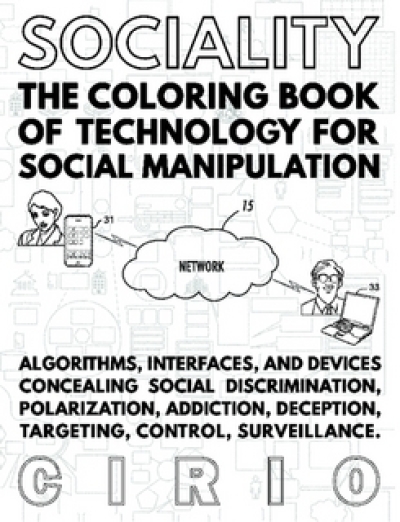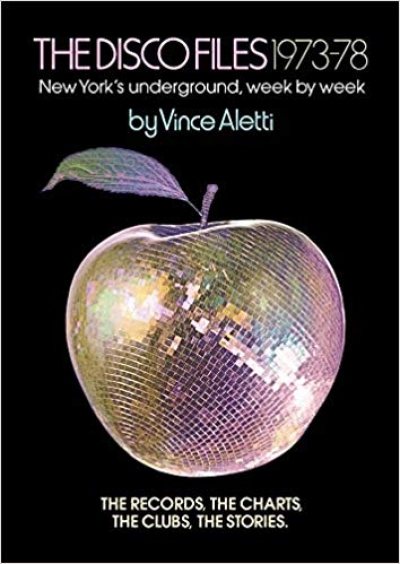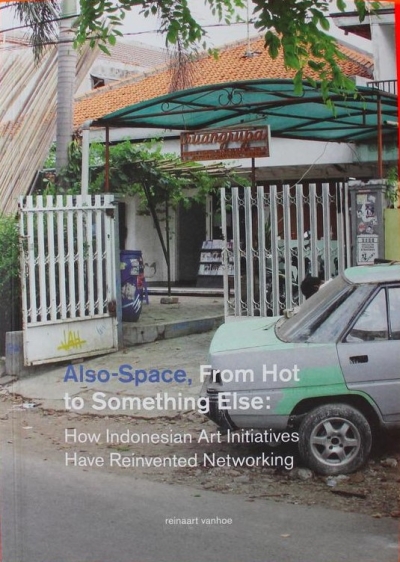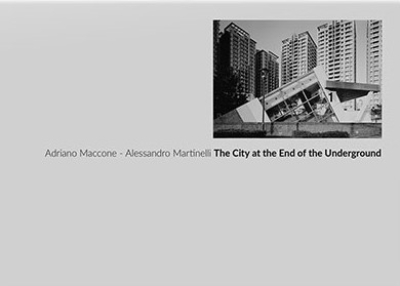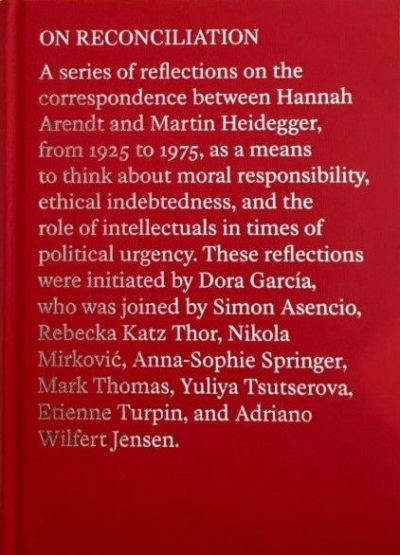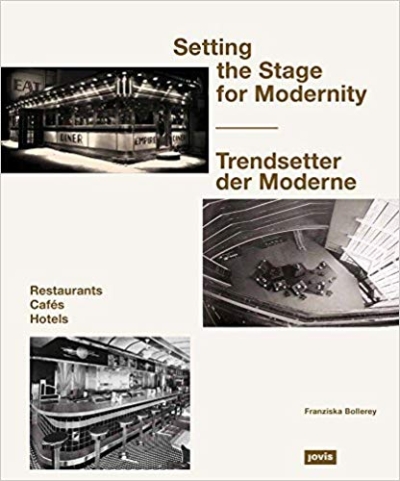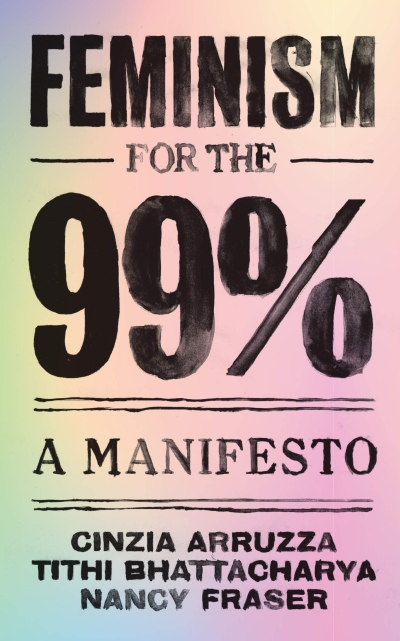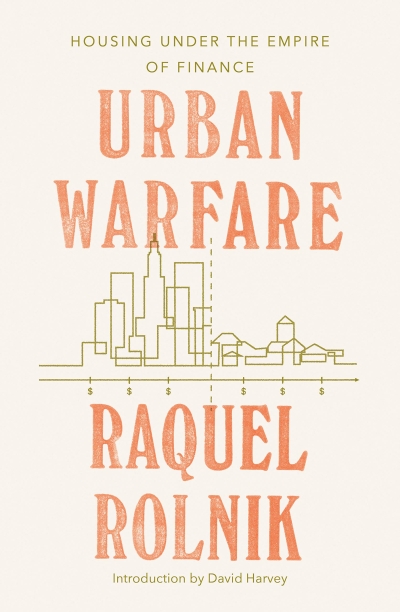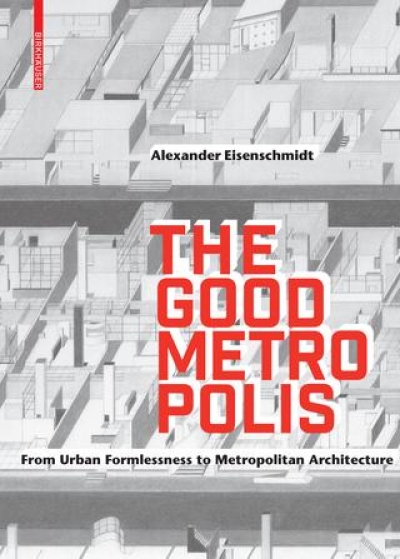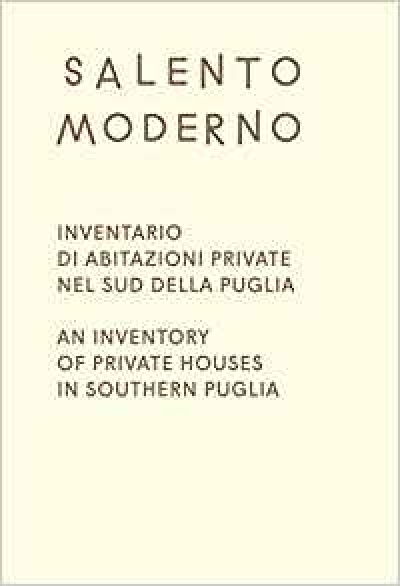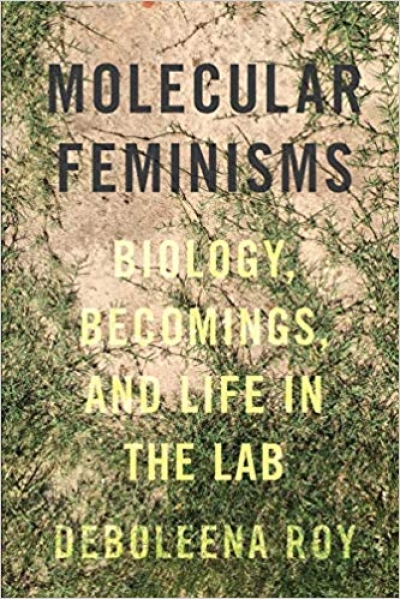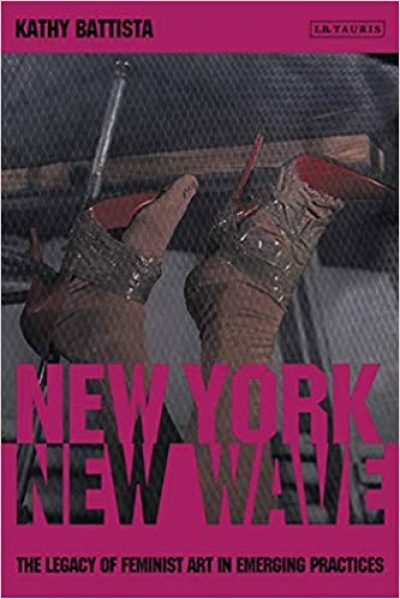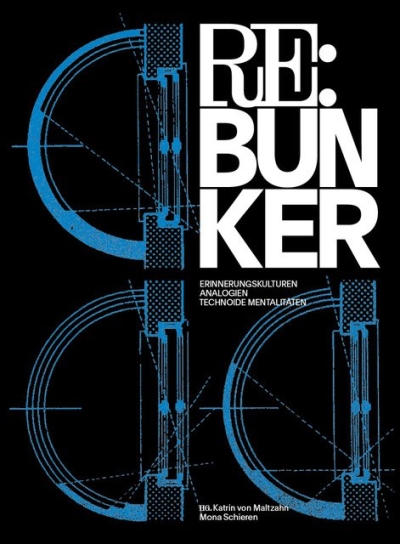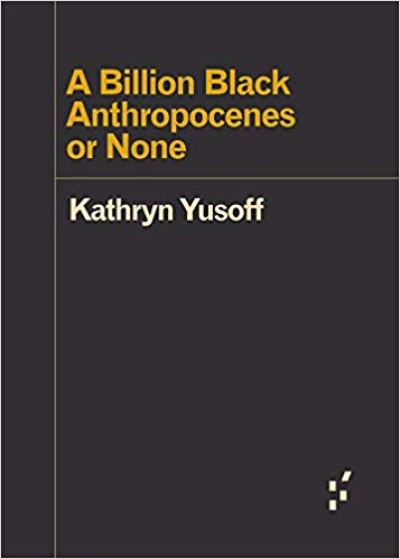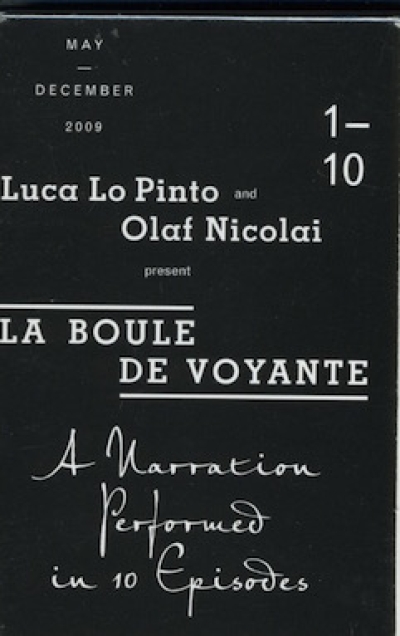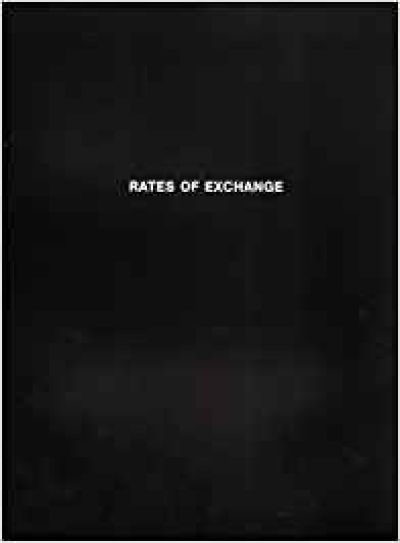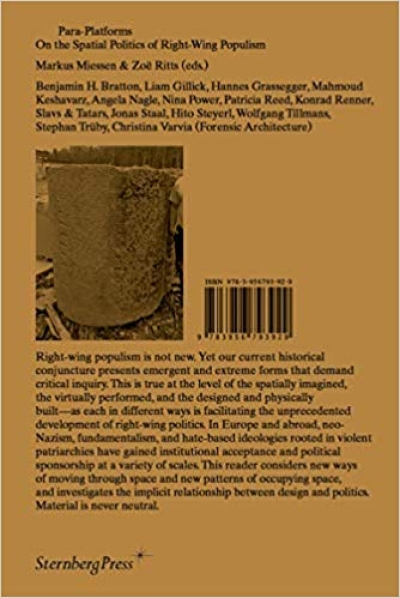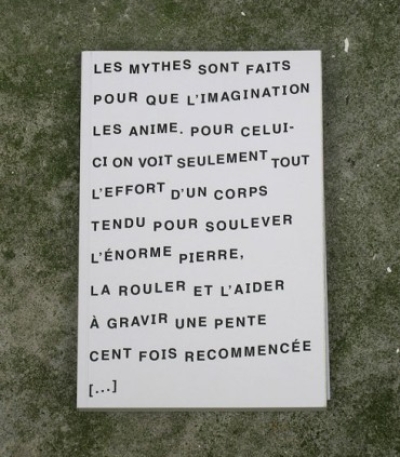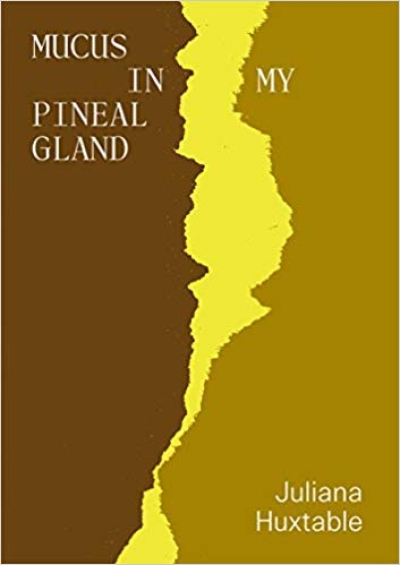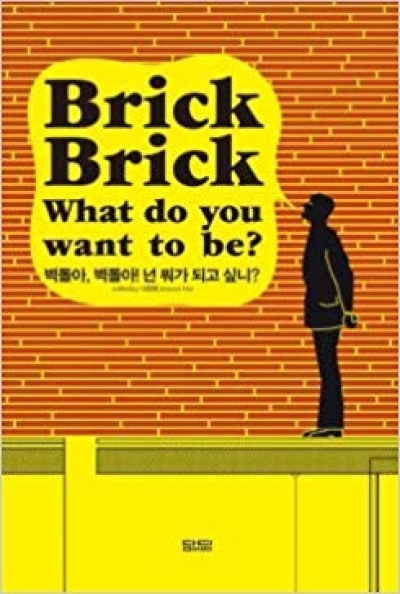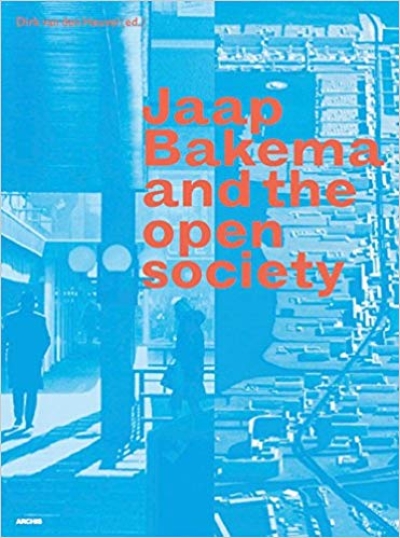gerade nicht auf Lager
Marvin Heiferman
Seeing Science: How Photography Reveals the Universe
gerade nicht auf Lager
Kristen Alvanson
XYZT
gerade nicht auf Lager
Zdenke Badovinac
Comradeship: Curating, Art, and Politics in Post-Socialist…
gerade nicht auf Lager
Juan Serra Lluch
Color for Architects
2G 78
Junya Ishigami
gerade nicht auf Lager
OASE 102
Schools & Teachers
gerade nicht auf Lager
Geert Lovink
Sad by Design: On Platform Nihilism
gerade nicht auf Lager
Paul Mason
Klare, lichte Zukunft: Eine radikale Verteidigung des…
M. F. Gage (Ed.)
Aesthetics Equals Politics: New Discourses Across Art,…
gerade nicht auf Lager
Ben Green
The Smart Enough City: Putting Technology in Its Place to…
gerade nicht auf Lager
Make_Shift (Hg.)
Make City. Stadt anders machen. A Compendium of Urban…
gerade nicht auf Lager
Lizzie O'Shea
Future Histories: What Ada Lovelace, Tom Paine, and the…
gerade nicht auf Lager
Alex Bykov, Ievgeniia Gubkina
Soviet Modernism. Brutalism. Post-Modernism
gerade nicht auf Lager
Yuk Hui
Recursivity and Contingency
gerade nicht auf Lager
David Bennewith, Sereina Rothenberger (…
Questions? Looking for answers in the middle of somewhere
gerade nicht auf Lager
Eduardo Viveiros de Castro, Deborah…
In welcher Welt leben?: Ein Versuch über die Angst vor dem…
gerade nicht auf Lager
Alina Popa, Florin Flueras
Unsorcery
gerade nicht auf Lager
Goodman, Heys, Ikoniadou (Eds.)
AUDINT. Unsound : Undead
gerade nicht auf Lager
Tabea Nixdorff.
Fehler lesen. Korrektur als Textproduktion
gerade nicht auf Lager
Silvia Federici
Re-enchanting the World: Feminism and the Politics of the…
gerade nicht auf Lager
Daniel McClean
Artist, Authorship & Legacy. A Reader
André Cadere
Geschichte einer Arbeit/ Unordnung herstellen
gerade nicht auf Lager
Kirsten Maar
Entwürfe und Gefüge. William Forsythes choreographische…
gerade nicht auf Lager
James Bridle
New Dark Age: Technology and the End of the Future
gerade nicht auf Lager
David Rothenberg
Nightingales in Berlin: Searching for the Perfect Sound
gerade nicht auf Lager
Sabine von Fischer
Das akustische Argument. Wissenschaft und Hörerfahrung in…
K. Klaus, R. Bittner (Hg.)
Gestaltungsproben: Gespräche zum Bauhausunterricht
gerade nicht auf Lager
Fröhlich, Fröhlich, Borges, Lippok (Hg.)
Plans & Images. An Archive of Projects on Typology in…
gerade nicht auf Lager
Daniel Martin Feige
Zur Dialektik des Social Design (Studienhefte…
Ursula Böckler
Die Photos der "Magical Misery Tour" mit Martin…
gerade nicht auf Lager
Michael Scheer / Gesellschaft für…
Stadtwirte. Von Sozialraumfarmern und Inklusionswirten
gerade nicht auf Lager
re:form e. V. (Hg.)
Re:Eden. Neue Blicke auf die älteste Reformsiedlung…
Alice Maude-Roxby, Stefanie Seibold
Censored Realities / Changing New York
gerade nicht auf Lager
Nathan Jurgenson
The Social Photo: On Photography and Social Media
gerade nicht auf Lager
Randy Deutsch
Superusers: Design Technology Specialists and the Future of…
John Latham
John Latham. The N-U Niddrie Heart
IDEA Magazine
IDEA 385. Focusing on Locality in Design Practices of the…
gerade nicht auf Lager
Anna Harding (Hg.)
Artists in the City. SPACE in '68 and beyond
gerade nicht auf Lager
Damon Krukowski
Ways of Hearing (SFX: Needle Drop)
gerade nicht auf Lager
Sophie Wolfrum, Alban Janson
Die Stadt als Architektur
Heinz Peter Knes
Der weltrevolutionäre Prozess seit Karl Marx und Friedrich…
gerade nicht auf Lager
Richard Butsch
Screen Culture: A Global History
Hanne Loreck in Zusammenarbeit mit Jana…
Visualität und Abstraktion. Eine Aktualisierung des Figur-…
gerade nicht auf Lager
Angelika Schnell
Aldo Rossis Konstruktion des Wirklichen: Eine…
dérive
dérive N° 75, Sampler (Apr-Jun 2019)
gerade nicht auf Lager
Suely Rolnik
Zombie Anthropophagie: Zur neoliberalen Subjektivität
gerade nicht auf Lager
Ulysses Voelker
Ordnung in der Gestaltung: Grafische Raster in Theorie und…
gerade nicht auf Lager
Paolo Cirio
Sociality. The Coloring Book of Technology for Social…
gerade nicht auf Lager
Beatriz Colomina
X-Ray Architecture
gerade nicht auf Lager
Ross E. Exo Adams
Circulation and Urbanization
gerade nicht auf Lager
Bruno Flierl
Haus Stadt Mensch. Über Architektur und Gesellschaft.…
gerade nicht auf Lager
Jon Savage
This Searing Light, the Sun and Everything Else: Joy…
Smiljan Radic
Every So Often a Talking Dog Appears and other essays
gerade nicht auf Lager
Vince Aletti
The Disco Files 1973-78: New York's Underground, Week…
gerade nicht auf Lager
Sharon Francis
Bubbletecture: Inflatable Architecture and Design
Grace Lees-Maffei , Nicolas P. Maffei
Reading Graphic Design in Cultural Context
gerade nicht auf Lager
Moisei Ginzburg
Style and Epoch. Issues in Modern Architecture
gerade nicht auf Lager
Michalis Pichler
Publishing Manifestos: An International Anthology from…
Vier5
Modern typefaces
gerade nicht auf Lager
Reinaart Vanhoe
Also-Space, From Hot to Something Else : How Indonesian Art…
gerade nicht auf Lager
Dehlia Hannah (Ed.)
A Year Without a Winter
gerade nicht auf Lager
A. Maccone, A. Martinelli
The City at the End of the Underground
gerade nicht auf Lager
Andreas Müller, Lydia Kähny, Sophie…
Re-reading the Manual of Travelling Exhibitions
Dora García (Ed.)
On Reconciliation / Über Versöhnung
gerade nicht auf Lager
Franziska Bollerey
Setting the Stage for Modernity. Trendsetter der Moderne:…
gerade nicht auf Lager
Dario Scodeller (Ed.)
The Design of the Castiglioni Brothers. Research…
gerade nicht auf Lager
Cinzia Arruzza, Tithi Bhattacharya,…
Feminism for the 99%. A Manifesto
gerade nicht auf Lager
Raquel Rolnik
Urban Warfare. Housing under the Empire of Finance
Alexander Eisenschmidt
The Good Metropolis: From Urban Formlessness to…
Marion von Osten, Grant Watson (Hg.)
Bauhaus Imaginista. Die globale Rezeption bis heute
gerade nicht auf Lager
Davide Giannella, Massimo Torrigiani (…
Salento Moderno. An Inventory of Private Houses in Southern…
gerade nicht auf Lager
Deboleena Roy
Molecular Feminisms: Biology, Becomings, and Life in the Lab
gerade nicht auf Lager
Peter Rehberg
Hipster Porn: Queere Männlichkeiten, affektive Sexualitäten…
Daniel Falb
Geospekulationen: Metaphysik für die Erde im Anthropozän
Kathy Battista
New York, New Wave: The Legacy of Feminist Artists in…
Martina Nußbaumer, Peter Stuiber
Wo Dinge wohnen: Das Phänomen Selfstorage
Jörg Friedrich (Hg.)
Refugees Welcome: Konzepte für eine menschenwürdige…
Katrin von Maltzahn, Mona Schieren (Hg)
RE:BUNKER. Erinnerungskulturen, Analogien, Technoide…
gerade nicht auf Lager
Kathryn Yusoff
A Billion Black Anthropocenes or None
gerade nicht auf Lager
Franco ‘Bifo’ Berardi
The Second Coming
Lisson Gallery London
John Latham Films 1960 - 1971
Luca Lo Pinto, Olaf Nicolai
La Boule de Voyante: A Narration Performed in 10 Episodes
Allan Kaprow
Rates of Exchange
gerade nicht auf Lager
Teal Triggs, Leslie Atzmon
The Graphic Design Reader
gerade nicht auf Lager
Jeff Weber
An Attempt At A Personal Epistemology
Andreas Lechner
Entwurf einer architektonischen Gebäudelehre
gerade nicht auf Lager
Otto, Barnstone, Rossler (Hg.)
Bauhaus Bodies: Gender, Sexuality, and Body Culture in…
Kees Christiaanse
Kees Christiaanse Textbook. Collected Texts on the Built…
gerade nicht auf Lager
T. Flierl, P. Oswalt
Hannes Meyer und das Bauhaus. Im Streit der Deutungen
gerade nicht auf Lager
Peter Chadwick, Ben Weaver (Eds.)
The Town of Tomorrow: 50 years of Thamesmead
gerade nicht auf Lager
M. Miessen, Z. Ritts (Hg)
Para-Platforms On the Spatial Politics of Right-Wing…
Robin Waart
Part One
gerade nicht auf Lager
Juliana Huxtable
Mucus in My Pineal Gland
Architizer (Ed.)
Architizer: The World's Best Architecture
gerade nicht auf Lager
Jinyoun Na (Ed.)
Brick, Brick What Do You Want To Be?
gerade nicht auf Lager
Dirk Van Den Heuvel (Ed.)
Jaap Bakema And The Open Society
gerade nicht auf Lager
A. Suominen, T. Pusa (Hg)
Feminism and Queer in Art Education
gerade nicht auf Lager
Ekim Tan
Play the City: Games Informing the Urban Development













































